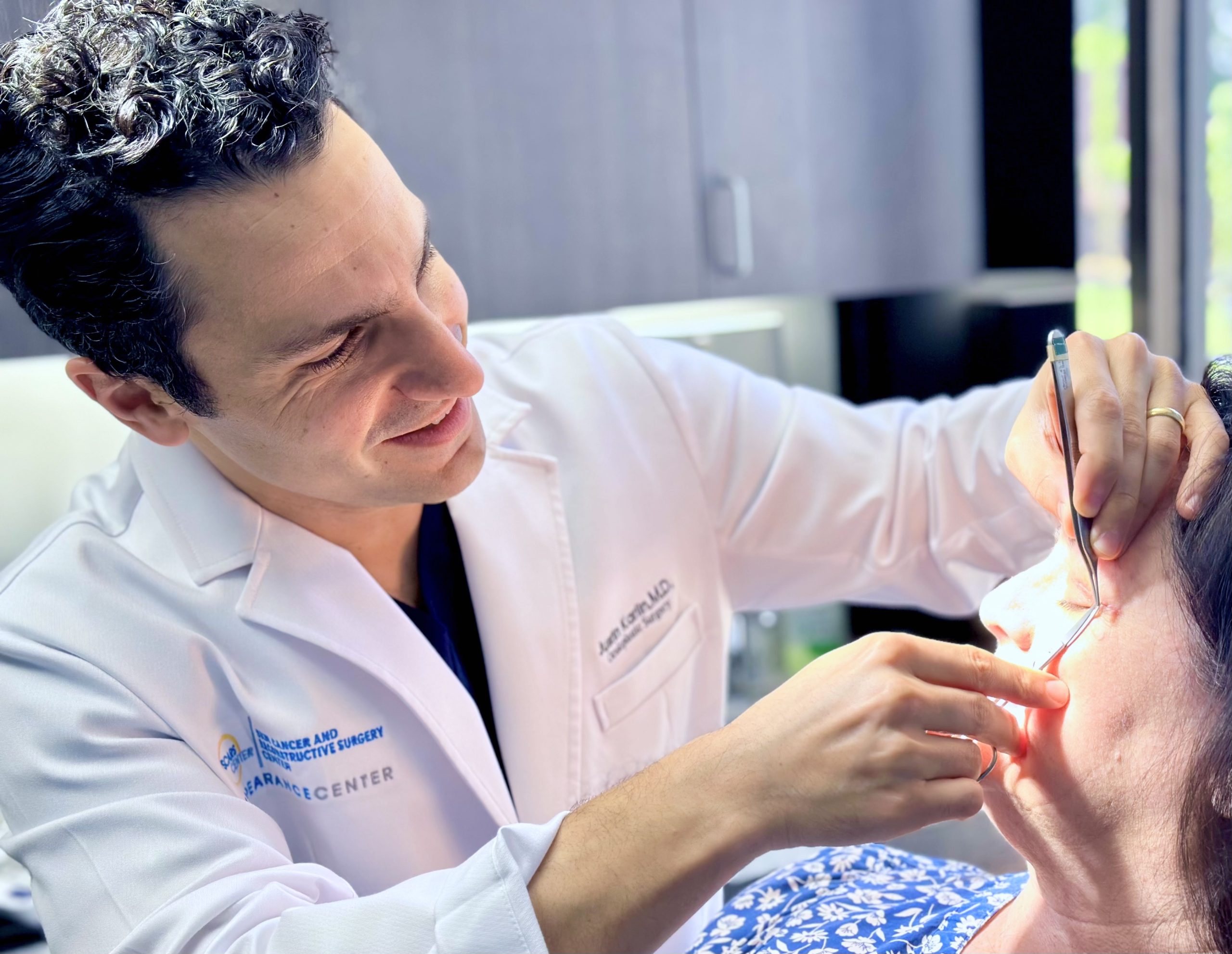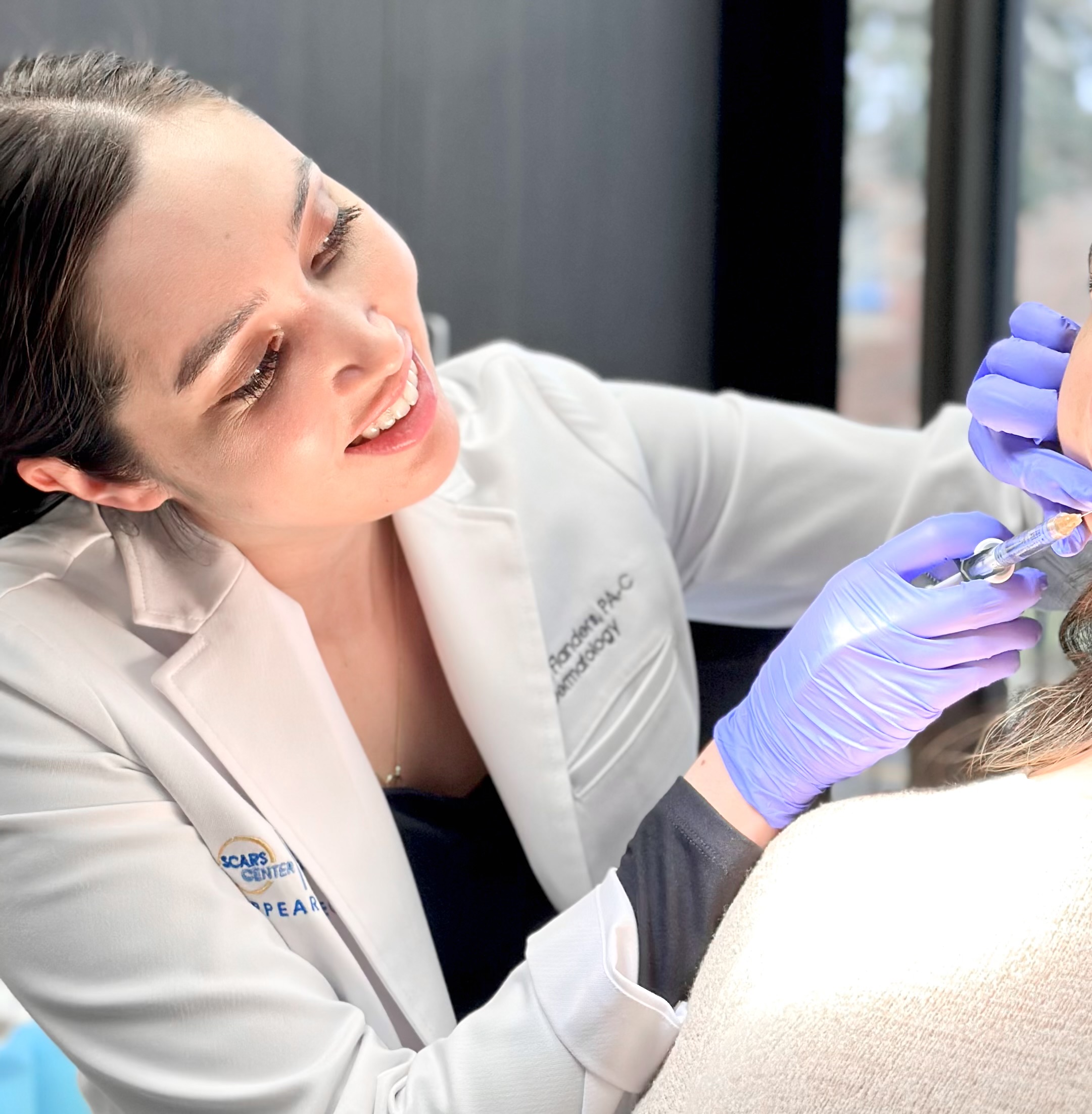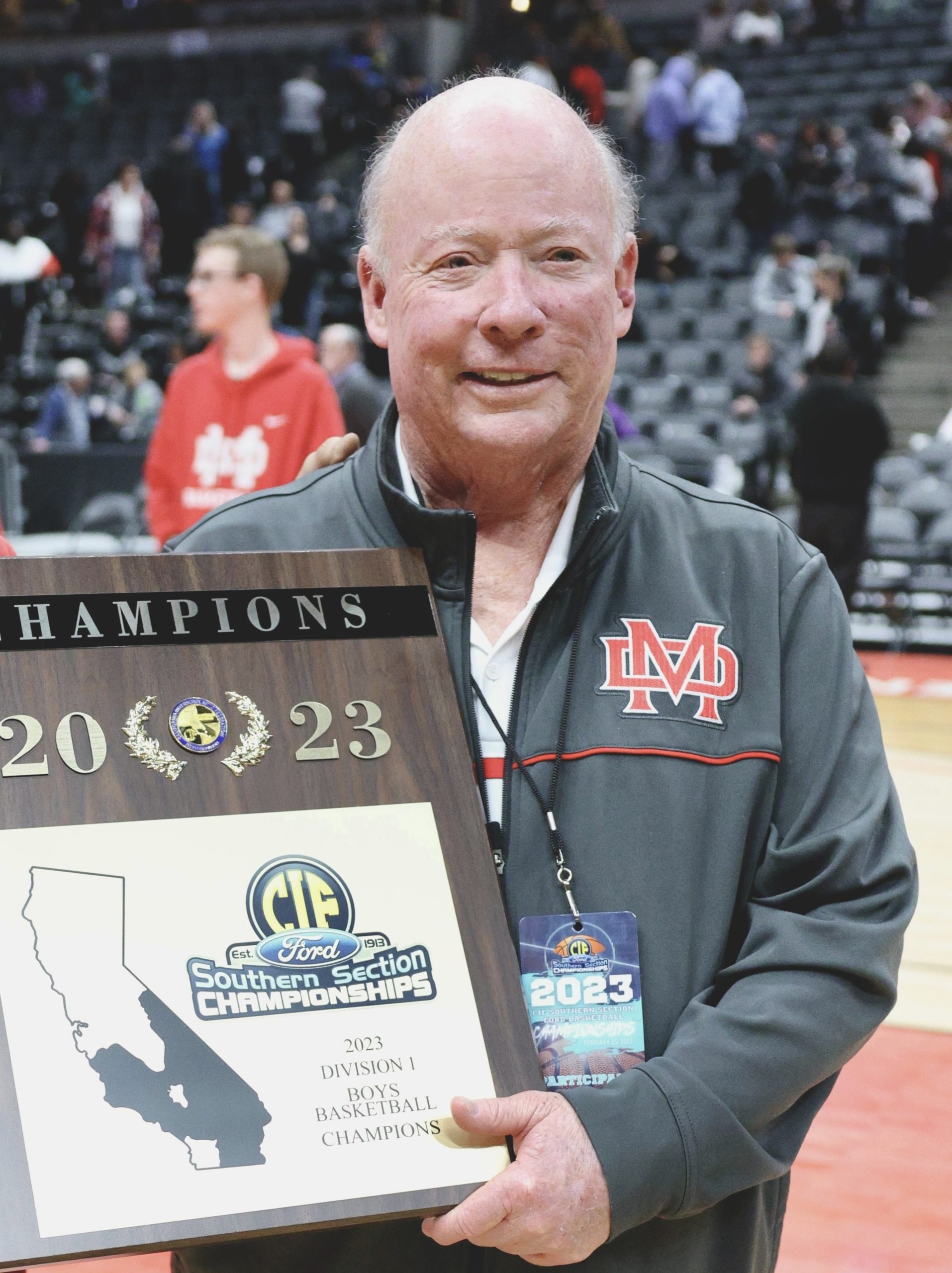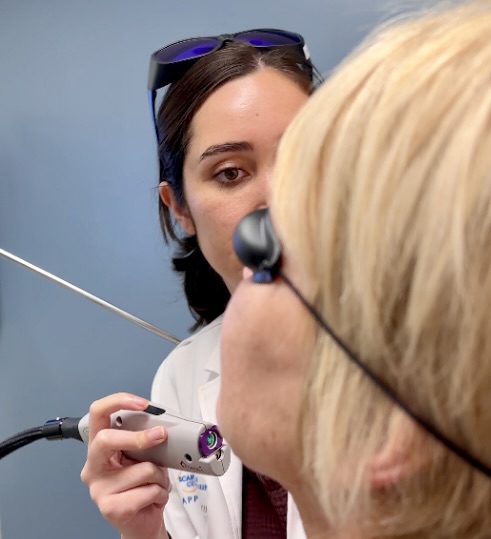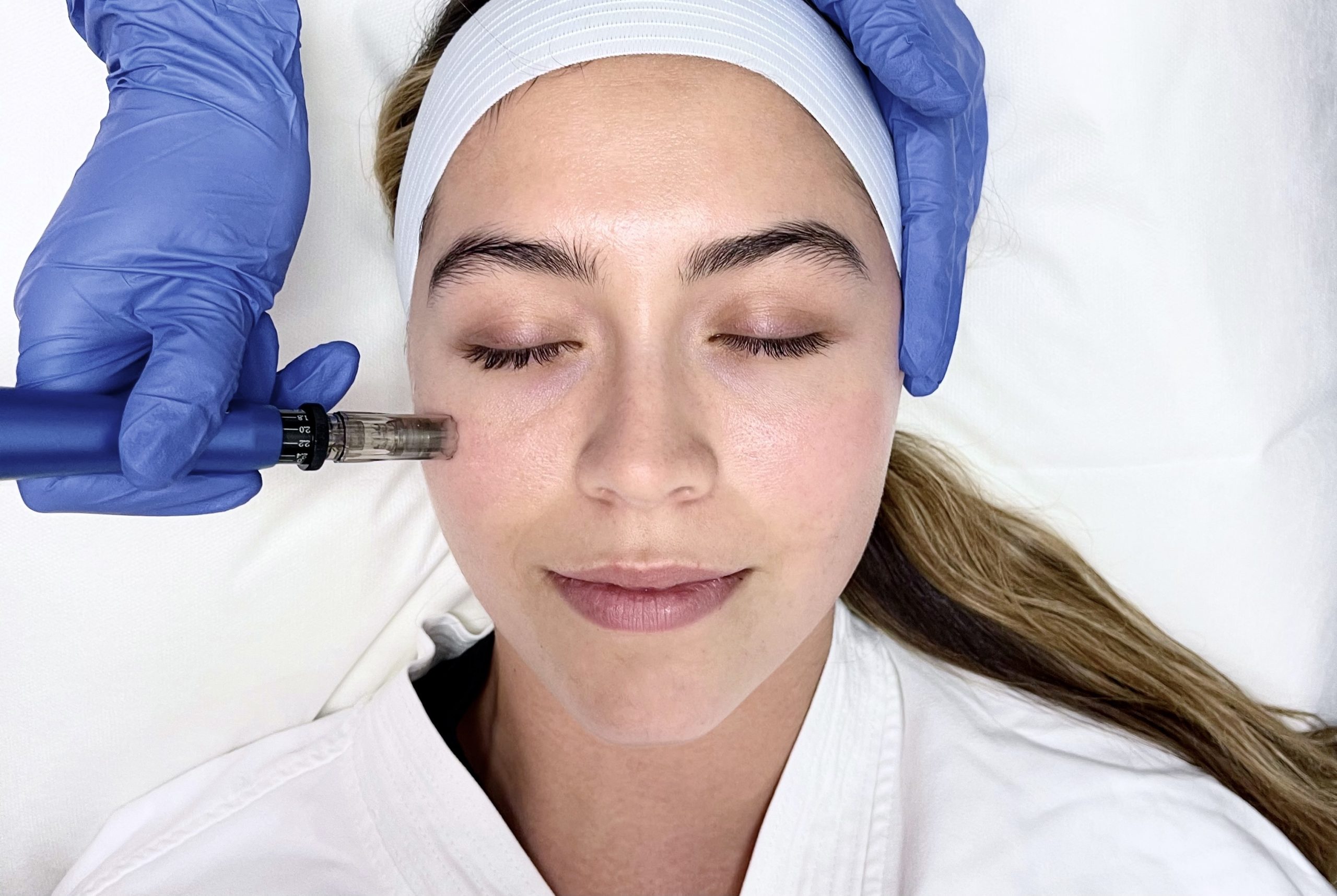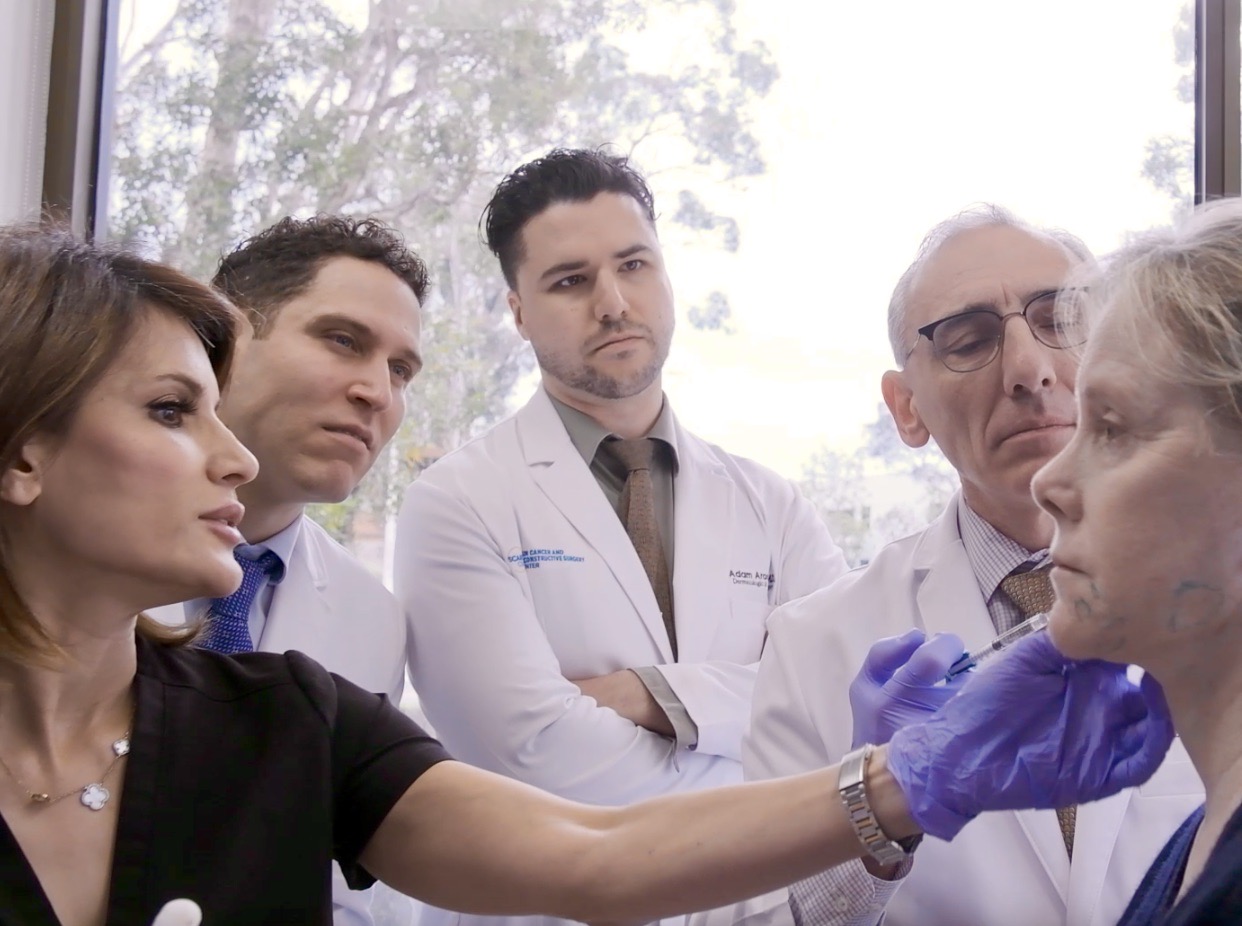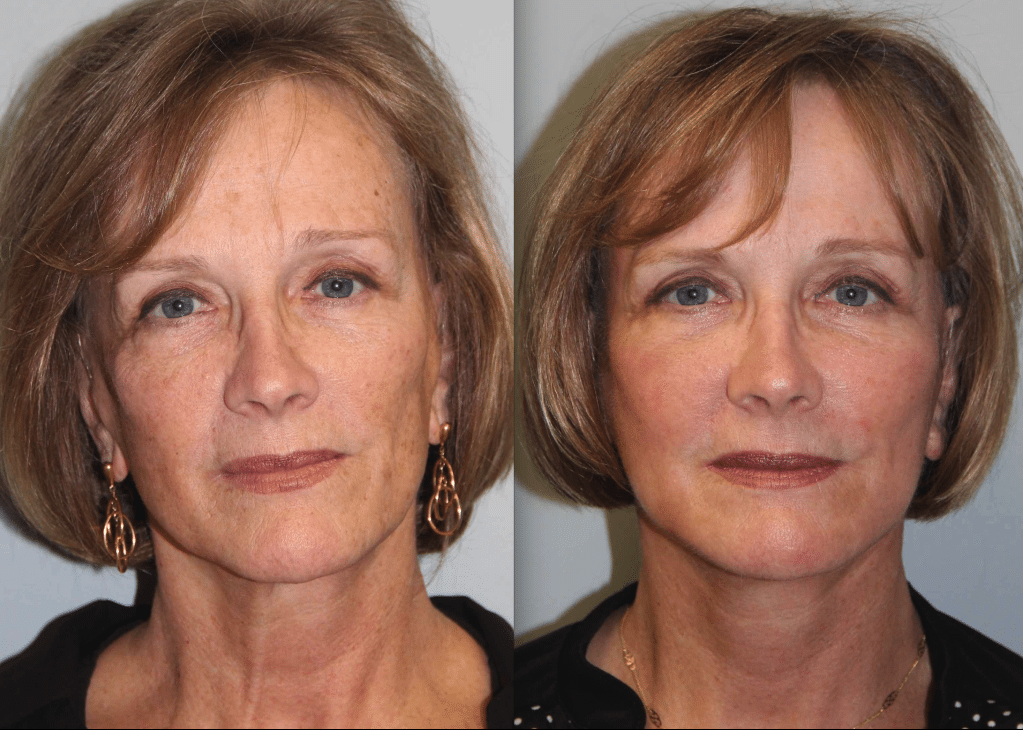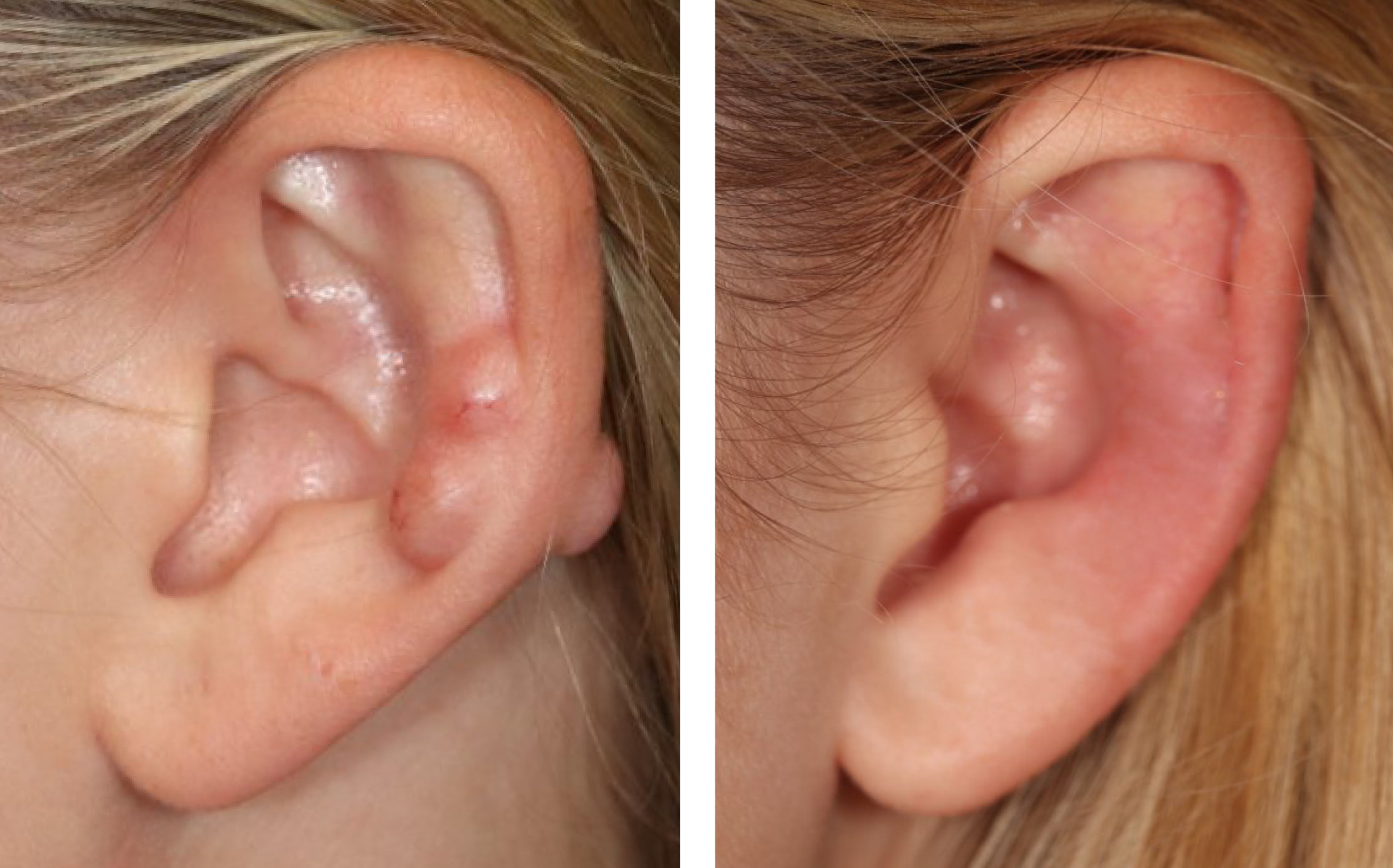Physician Administered Treatments
It’s All About the Eyes!
Are you noticing excess or loose skin around your eyes? When it comes to lifting and tightening the skin in this area, we have two approaches, one surgical and one done with a laser. Often our recommendation for optimal results is to combine the two. SURGICAL APPROACH: BLEPHAROPLASTY Blepharoplasty is intended to enhance the upper…
Read MoreNeurotoxins: A Case for the Lower Face
Neurotoxins—like Botox and Dysport—are a nonsurgical form of wrinkle treatment that have minimal discomfort and quick recovery rates. Most of us know that these injections can improve forehead lines, crows feet, and the vertical lines between the eyebrows. But did you know that these injections can also benefit the lower face, including the chin and overall face shape? This…
Read MoreTHE WINNINGEST COACH CHOOSES THE WINNINGEST APPROACH TO SKIN CANCER
Gary McKnight is the head basketball coach at Mater Dei High School in Santa Ana. At his time there he has become the winningest high school basketball coach in California history. See a video about his story HERE. Coach McKnight has led Mater Dei to more than 1250 victories, including a National Championship and 11 California…
Read MoreA Guide to Fractional CO2 Laser
Whether you’re looking to reduce wrinkles, minimize scars, or improve overall skin texture, CO2 laser treatment could be the answer. What Does Fractional CO2 Laser Do? Fractional CO2 laser is a cosmetic procedure that improves skin texture, tone, and overall appearance. The laser ablates the top layer of skin removing sun damage as well as…
Read MoreCheck in with your Skin
Not only are we wrapping up the summer, but September is Skin Care Awareness Month. We of course remind you to remain vigilant about sunscreen, but we also want to help you to start taking even better care of your skin with some of our in-office procedures. Here are our three favorite ways to improve…
Read MoreFocus on the Jawline
The jawline can be a crucial part of facial aesthetics. A strong jawline in men is often associated with attractiveness and confidence. For women, a jawline can represent youth and beauty. Allergan (the maker of BOTOX and JUVEDERM) has just released a filler created specifically for the jawline. This long-lasting filler is now available at aesthetic…
Read MoreFearful of Filler?
Dermal fillers, also called injectables, are a safe and effective way to enhance your appearance without the need for invasive surgery or downtime, but results are very dependent on the injector. At the Appearance Center, our providers are highly-trained medical professionals, familiar with the unique anatomy of the face, and have had extensive training and…
Read MoreThinking About a Rhinoplasty?
A rhinoplasty, or nose job, is surgery performed to alter the way your nose functions and looks. According to the American Society of Plastic Surgeons, nearly 220,000 rhinoplasties are performed yearly, making this the most common facial plastic surgery procedure. Rhinoplasty can simultaneously help you improve breathing and achieve a more balanced appearance. IS RHINOPLASTY…
Read MoreFacial Filler vs. Fat Grafting
“I just want to look “x” years younger” is a common request in the dermatology or plastic surgery office. One way to accomplish that is to restore facial volume. Most of us may not initially recognize volume loss in our face because we see ourselves everyday. But the changes become stark when we look at…
Read MoreManagement of Keloid Scars caused by Ear Piercings
Keloid scars can occur after ear piercings. They are typically large raised, firm nodules that occur at the site of the piercing. They can become painful and physically disfiguring. The cause is thought to be epithelial (skin) entrapment along the piercing tract. This can occur if the piercing gets inflamed or is allowed to seal.…
Read More
